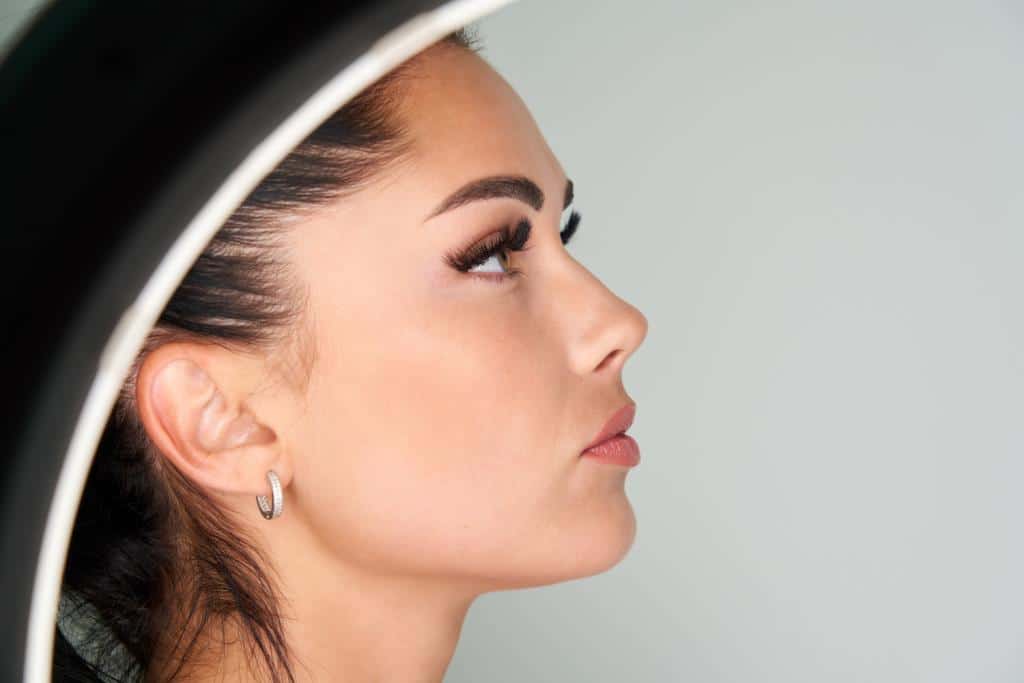
Rhinoplasty or nasal surgery is one of the most commonly performed cosmetic procedures in the country. It can be performed both for cosmetic and functional purposes. Oftentimes these go hand in hand. Cosmetically a nose can be enhanced, reduced, lifted, narrowed all to create a better proportional relationship with the face to make it look more delicate, sophisticated or attractive.
HOW IS THE PROCEDURE PERFORMED?
There are two techniques that are popular. One is called a closed rhinoplasty where the incisions are made inside the nostrils of the nose. Most of the surgery is done within the confines of those incisions. Oftentimes this is limited mostly to dorsal nasal work. The tip usually requires an open rhinoplasty. Oftentimes the nose is essentially two parts; a bridge and a tip. The bridge itself is two parts; half bone, half cartilage. Once a dorsum is reduced, it leaves an open roof which would require rebuilding of the cartilaginous portion of this roof. This is called spreader graft surgery and it will aid in functional recovery. It also creates a continuity of the bone into the cartilage which maintains a natural appearing nose. Tip surgery is performed on the nasal tip cartilage which is essentially a tripod of cartilage. In the past, oftentimes this was contoured by reducing two limbs of the tripod rendering potentially weak and deformed. Today, it is much more of a concentration on reinforcing the tripod and changing the shape of it either with sutures or cartilage grafting. The procedure typically takes 1.5-2 hours.
There is also something called revision or secondary rhinoplasty. This is surgery that is usually done to correct deformities of previously operated on noses. This requires a higher skill set and usually will require cartilage grafting. It is considered more difficult than primary rhinoplasty because cartilage is missing and often the nose has to be rebalanced.
RECOVERY
A patient will have an external nasal splint and internal nasal splints for approximately one week. These will be removed and the nose will often be taped for several days later. Ideally for public presentation, it is 8-10 days. However, nasal swelling will persist for 1-2 years. Of course, there is an immediate improvement; however, the fine details take a significant amount of time.

